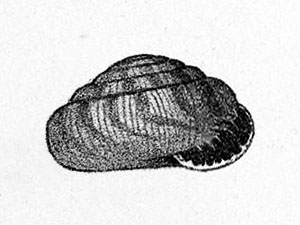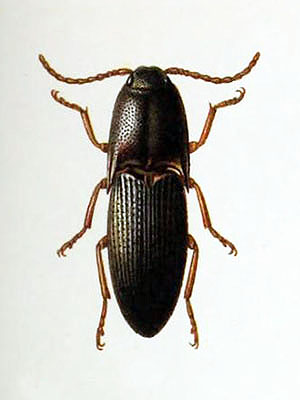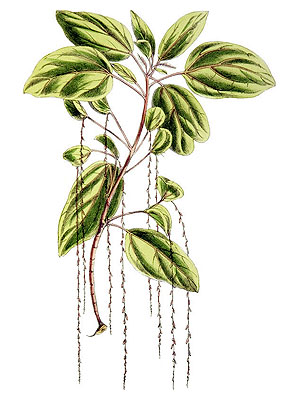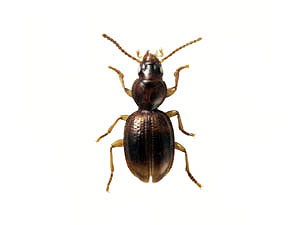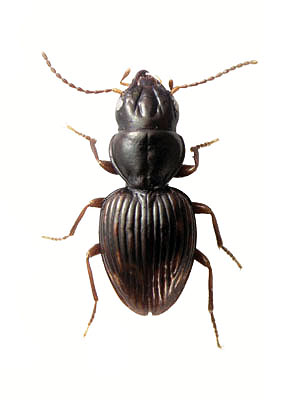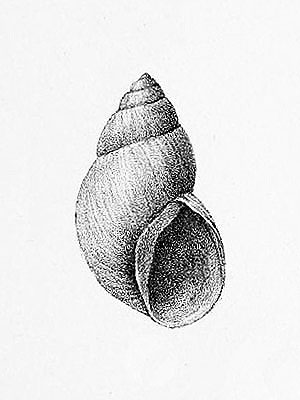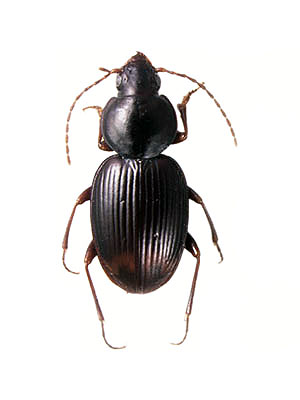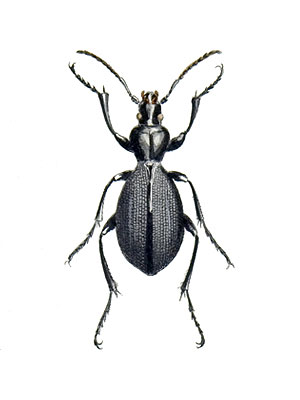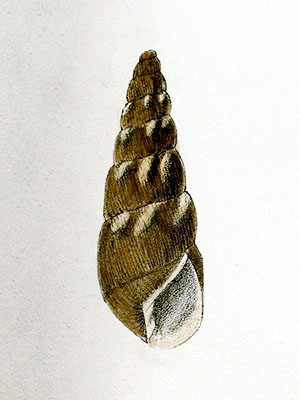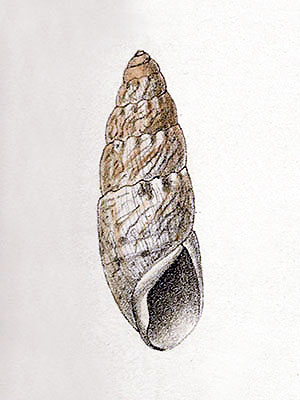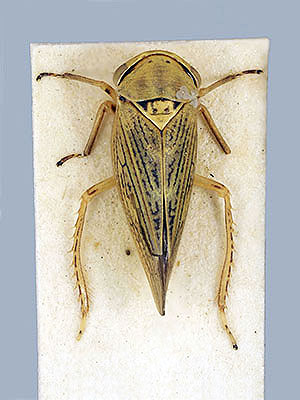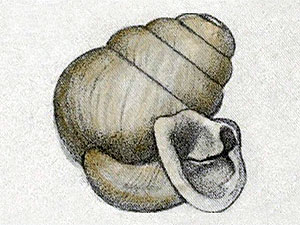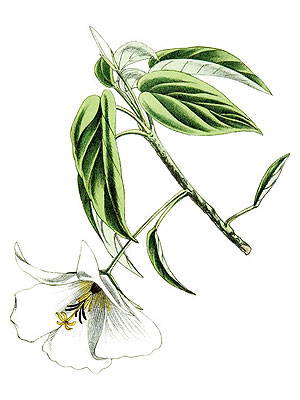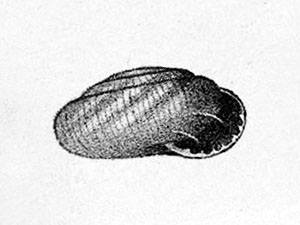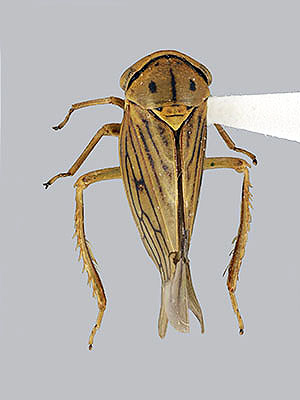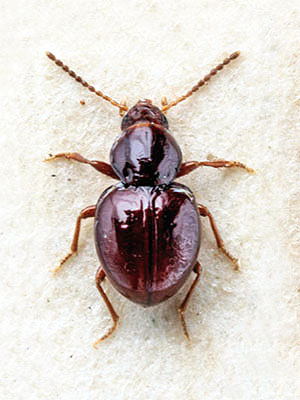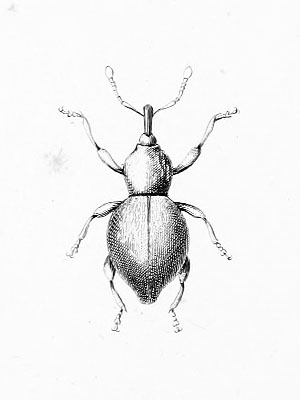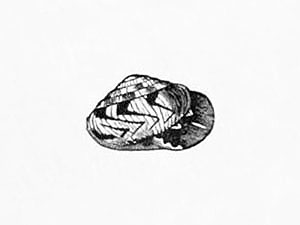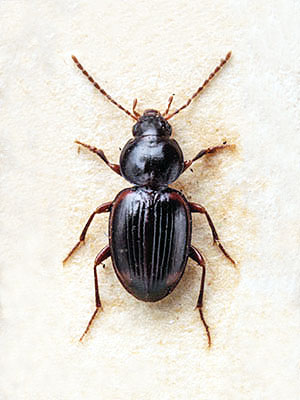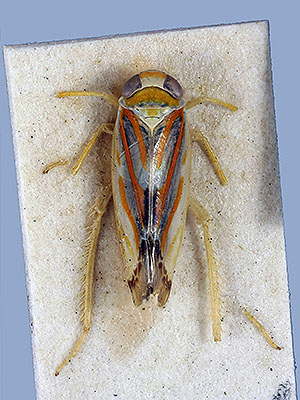Knobbly-winged Fungus Weevil (Homoeodera nodulipennis)
The genus Homoeodera, which is endemic to the island of Saint Helena, currently comprises 14 described and at least one undescribed species.
***
The Knobbly-winged Fungus Weevil is known only from the two specimens, from which the species had been described in 1877. The species appears to have been closely associated to a single host plant, the Saint Helena Gumwood (Commidendrum robustum ssp. gummiferum (Roxb.) Cronk), which today is likewise extinct. [2]
See also Thomas Vernon Wollaston in 1877 (Coleoptera Sanctae-Helenae).:
“The only two examples of this marvellous little insect which I have yet seen were captured by myself, early in February, at the extreme edge of the tremendous precipice, or crater-wall (constituting the south-western portion of the great central ridge), immediately above West Lodge, – in one of the most exposed and windy spots it is possible to imagine. So difficult indeed was it, on account of the violence of the gale, to examine, even in the most imperfect manner, any thing that presented itself, that I feel almost satisfied that I inadvertently threw several specimens away, mistaking them for the seeds of plants. Nor, indeed, is their prima facie resemblance to seeds, when the limbs are contracted, altogether fanciful; for they at least have as much the appearance, at first sight, of a vegetable substance as of an animal one; and it was more by accident than any thing else that the symmetry of their outline induced me to put a couple of them into my collecting-bottle. They were obtained amongst small and broken-up sticks, I think of the common Gorse; though their close proximity to the shrubs of the Aster gummiferus [Commidendrum robustum ssp. gummiferum (Roxb.) Cronk] (or “Little Bastard Gumwood”), which stud the inaccessible rocks and ledges below, incline me to suspect that the species may in reality belong to the fauna of that interesting but now rapidly disappearing arborescent Composite.”
*********************
References:
[1] T. Vernon Wollaston: Coleoptera Sanctae-Helenae. London: John Van Voorst, Paternoster Row 1877
[2] Howard Mendel; Philip Ashmole; Myrtle Ashmole: Invertebrates of the Central Peaks and Peak Dale, St Helena. 2008
*********************
edited: 23.03.2018


